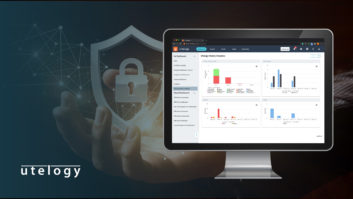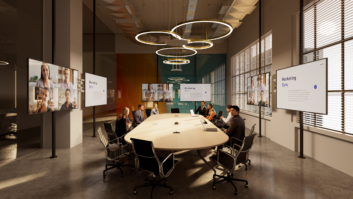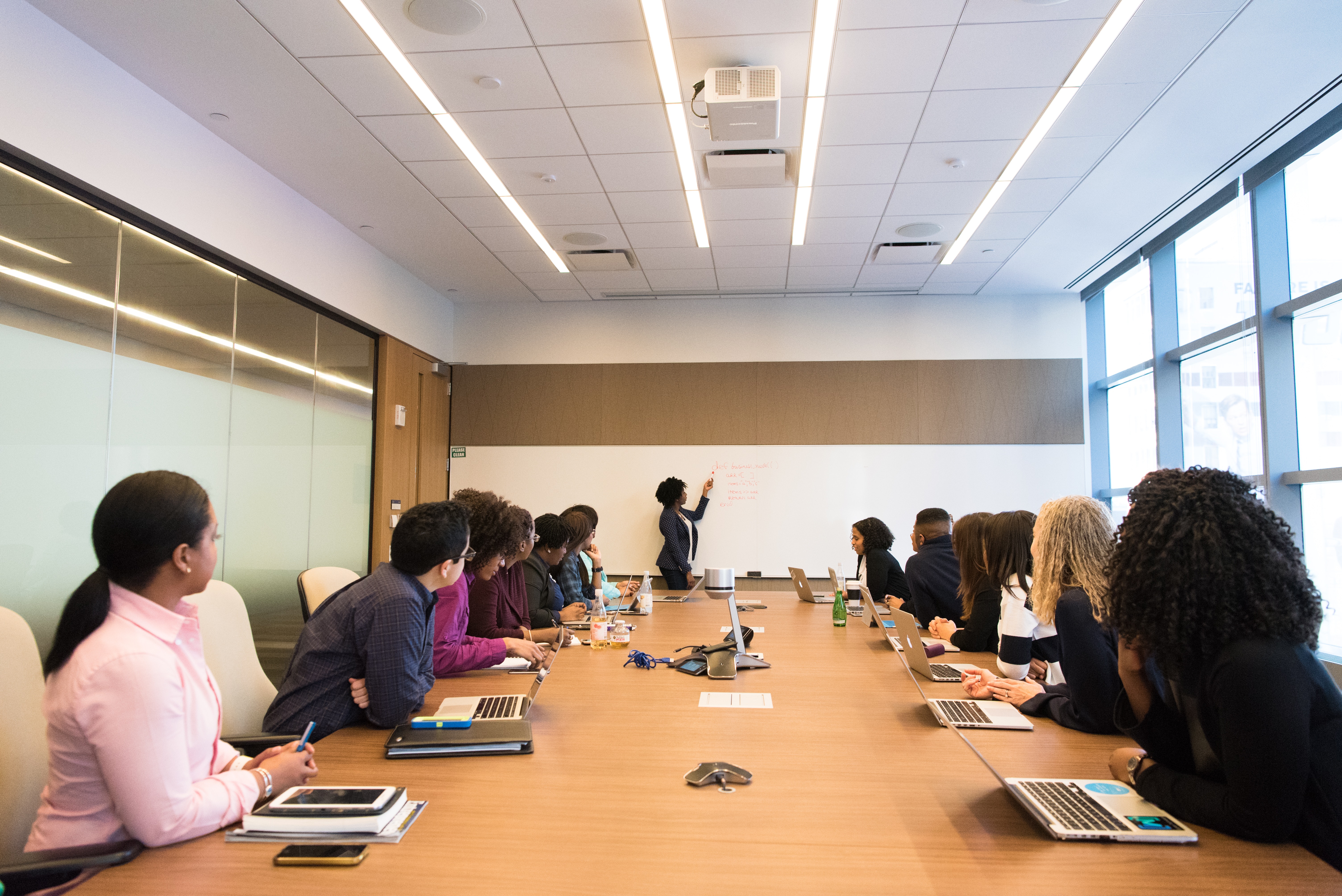
Workplace meetings have undergone a physical and cultural transformation during the past five years, both in terms of their location and the technology used to facilitate them. Modern working habits and technological advancements have contributed to the rise of the meeting room as a high growth vertical for audio visual, unified communications and collaboration technologies.
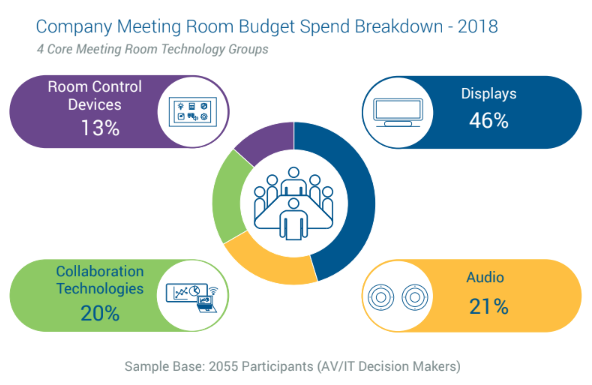
Further to this, employees are increasingly meeting in other areas of the office with major implications for the vendors involved in these markets. The development of modern technologies which serve to increase teamwork, and businesses pursuing top-down policies to create collaboration focused spaces, are fundamentally altering the modern workplace.
One key area of change relates to the physical makeup of meeting rooms. Here, the number of large meeting spaces has decreased during the past two years, predominantly due to the macro trend toward smaller, faster, more flexible meetings. Typically, large meeting rooms are being repurposed for smaller meeting spaces and, with over a quarter of companies looking to add additional meeting rooms over the next three years, the overall total addressable market of meeting rooms is expected to surge. Businesses are very keen to promote top-down policies which utilise space more efficiently and promote smaller, more collaborative sessions amongst workers. Manufacturers have also been quick to respond to these changes, producing a raft of collaboration technologies designed for smaller meeting room and huddle spaces that are already seeing good traction in the market.
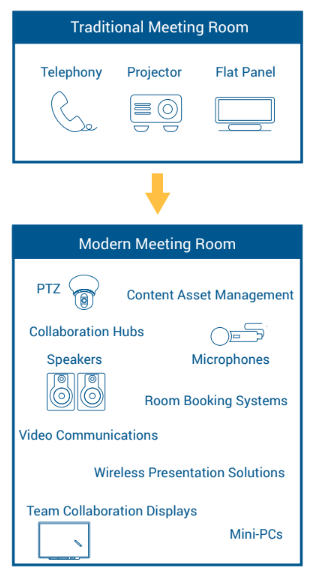
Another clear indication that the traditional meeting is undergoing fundamental change is the type and variety of products that are now being used in these spaces. This development is most evident when we look at meeting room budgets, which have grown increasingly diversified across product categories. While the meeting traditionally was the mainstay of telephony and display technologies, we are now seeing that as the size of a meeting room grows, there is a significant increase in spending on goods other than displays, such as audio, collaboration devices and control products. The distribution of budgets is highest in large meeting rooms, where over 60% of funds are spent outside of display technologies. This diversification is not only evidence of the growing importance of a wider set of technologies but also the increasing complexity of the meeting room market.
Demographic change and budget diversification are not the only significant changes happening to the meeting, with employee habits and practices also undergoing a cultural transformation. With more employees working from home, and the increased ability to work in multiple locations geographically or in different areas within an office, workers are now much more flexible with where they are working and who they are working with. Employers have been keen to develop more informal meeting spaces in step with these modern flexible working habits and, with 20 per cent of meetings now being held in locations such as kitchens/eating areas, breakouts rooms and receptions/foyers, it is no surprise that 43 per cent of companies surveyed as part of this research state they are investing in dedicated technology for these spaces.
With dramatic changes happening in the corporate meeting room, technology providers are meticulously following the evolving demands of the modern workplace and how employees work with one another.


